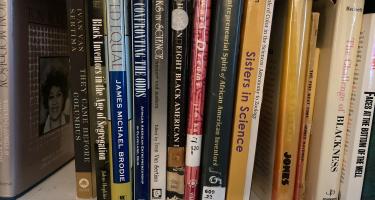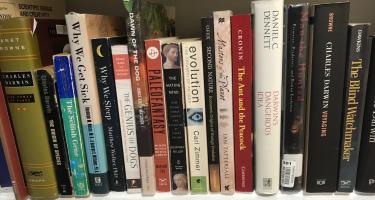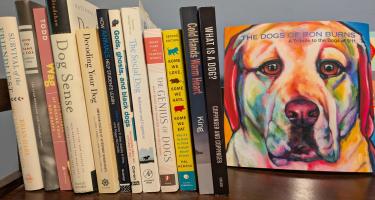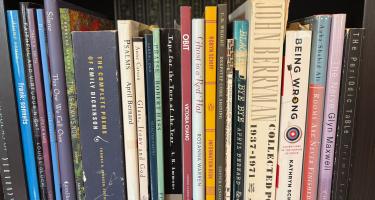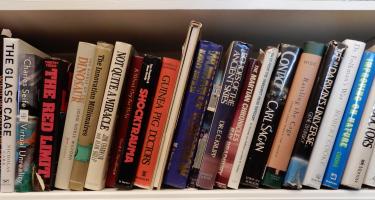
Barbara Gastel—Medical Editing: A Guide to Learning the Craft and Building Your Career
Medical editing is a helping profession that benefits publishers, authors, patients, the media, and the public, Barbara Gastel asserts in Medical Editing: A Guide to Learning the Craft and Building Your Career. Her book aims to introduce the field, foster readers’ core knowledge and skills, and describe career possibilities. “Even the best writers,” she says, “benefit from the input of an editor.”



